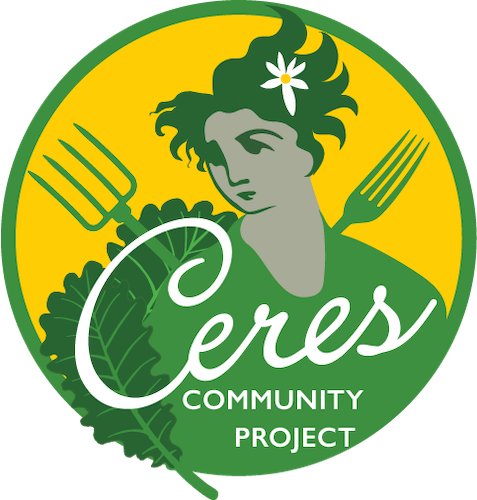
Qualified Charitable Distribution
Many individuals who are required to take money from their IRA but do not need it for living expenses have chosen to make QCDs from their IRAs to support non-profit organizations. This may make sense for you too! Satisfy your required minimum distribution while helping Healing Meals serve more clients and mentor youth.
FAQs
What is a qualified charitable distribution?
A qualified charitable distribution (QCD) is a direct transfer from a traditional or Roth IRA to a qualified charitable organization, available to IRA owners aged 70½ or older. For 2024, QCDs can fulfill the required minimum distribution (RMD) and allow individuals to exclude up to $105,000 annually from their taxable income. Additionally, for 2024, there is a limit of one lifetime donation of $53,000 that can be made to establish a charitable remainder unitrust (CRUT), charitable remainder annuity trust (CRAT), or charitable gift annuity (CGA).
Eligibility: A qualified charitable distribution may be made
- When the IRA holder is age 70½ or older
- Directly from the IRA to a qualified charity
- From a traditional or Roth IRA
Qualified Charities
In general, a qualified charity encompasses most public charities that can accept tax-deductible contributions. This includes religious institutions, specific veterans’ organizations, fraternal societies, and community foundations that offer scholarships.
Limitations Restrictions set on QCDs include the following
- Distributions must be transferred to the charity no later than Dec. 31 of the current tax year.
- Deductible contributions made during or after the year an individual reaches age 70½ will reduce the amount that may be excluded.
- QCD must be a direct IRA distribution from the IRA custodian or trustee to a qualified charity.
- Not all charitable organizations qualify.
- QCDs are applicable only for traditional and Roth IRA distributions (excludes SEP and SIMPLE IRAs).
Utilizing a QCD allows you to make a charitable contribution that you may not have been able to afford otherwise, while also potentially gaining tax benefits for contributions you’re already making. It’s important to consult with your tax advisor and estate-planning attorney regarding your specific circumstances.
Key Benefits
- For those who give larger gifts – Deductibility limits do not apply to QCDs, which means the QCD can be made in addition to other charitable contributions that may be limited by the annual maximum deductible percentage of income or phaseouts of itemized deductions.
- For those who don’t itemize deductions – If QCDs are used as the funding source for charitable donations, the donor will receive tax benefits when there otherwise would have been none due to the use of the standard deduction.
- For those who pay taxes on a portion of their Social Security benefits – Income for determining the taxation of Social Security benefits is lower than if the IRA holder had taken the RMD, potentially reducing this taxation. For those whose income level subjects them to tax on net investment income, or phaseout of personal exemptions or itemized deductions – A QCD made in lieu of an RMD will result in lower adjusted gross income for the IRA holder, which may lessen the effect of this tax or applicable phaseouts.
To learn more about QCDs, please visit IRS.gov »
To learn more about eligibility, please visit IRS.gov »

Healing Meals nourishes with love. We believe that food is medicine, so we prepare and deliver nutritious meals that support healing for people recovering from acute health issues. Uniquely, all our meals are prepared by youth volunteers working alongside our Adult Mentors and Executive Chef. These delicious and nutritious meals are delivered by our volunteer Delivery Angels.
Online: Contact Us
Tel: 860.264.5864
Physical Address:
Healing Meals Community Project
140 Nod Road
Weatogue, CT 06089
Mailing Address:
P.O. Box 7223
Bloomfield, CT 06002
Volunteer
Social Media

Healing Meals is proud to be a Ceres Affiliate Partner, a national network of organizations building healthier communities by empowering young people, promoting community service, caring for our neighbors and restoring healthy and organic fresh foods to their place as the foundation of health for people and planet.
Copyright © 2025 Healing Meals
Powered by Healing Meals